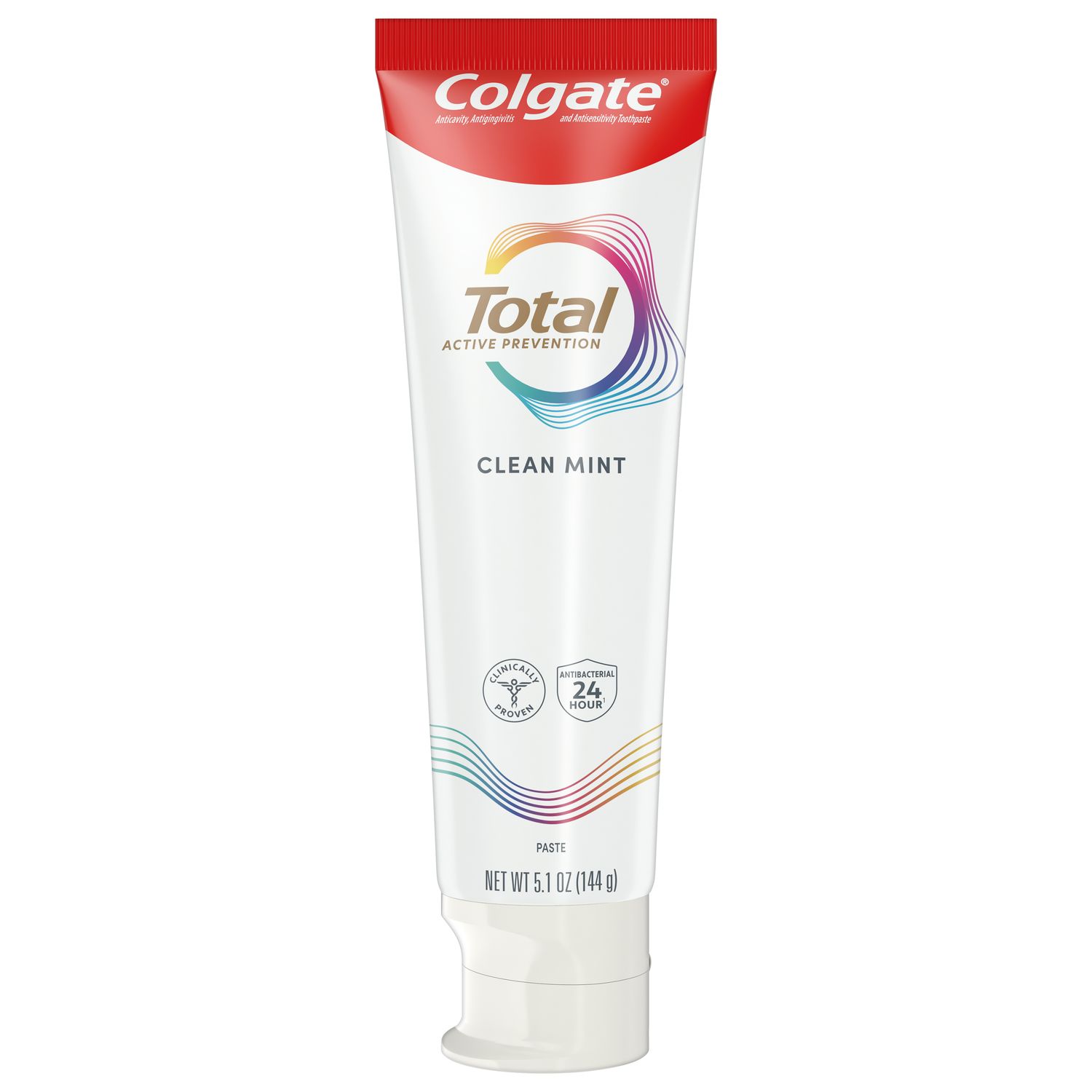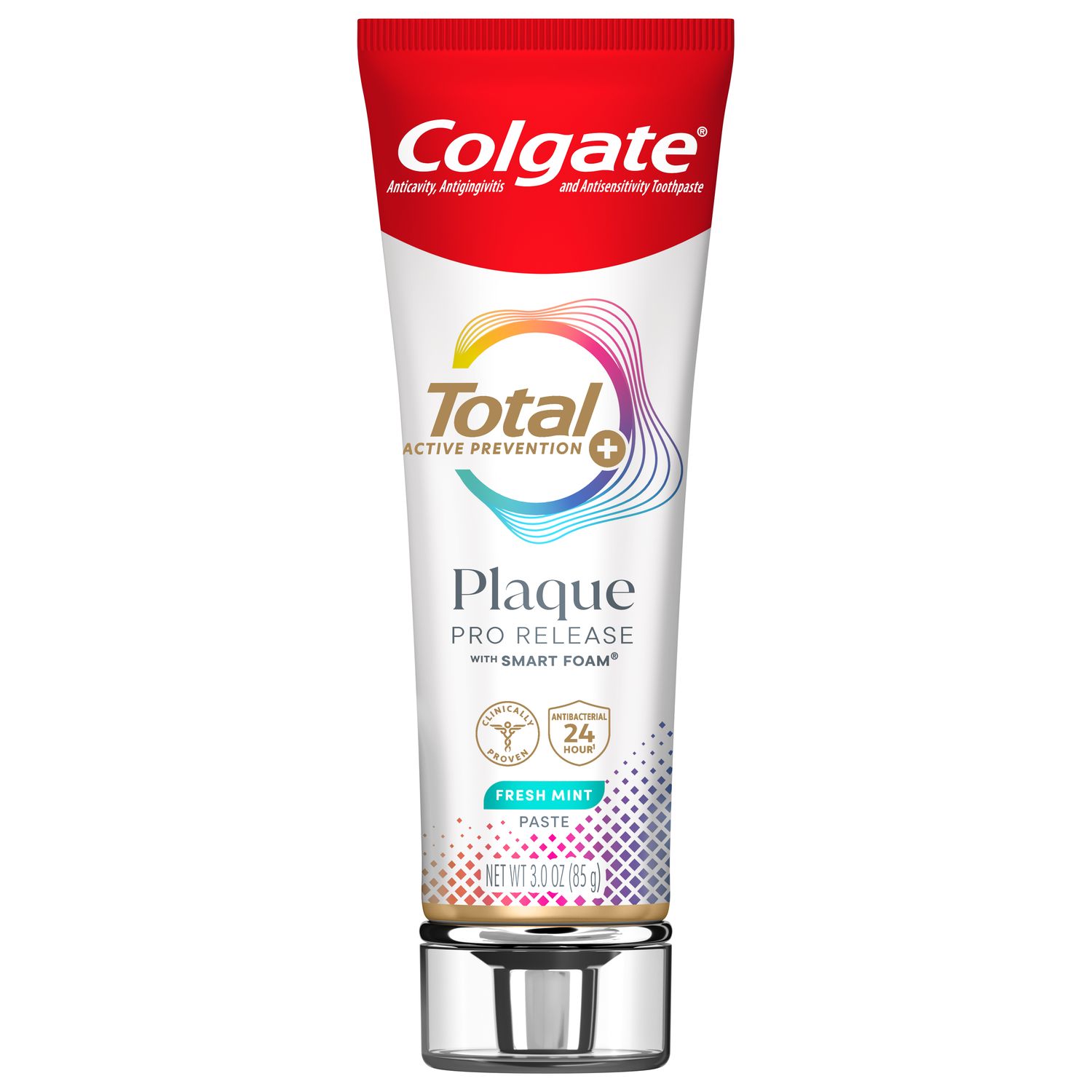
A full dental hygienist schedule is the lifeblood of the dental practice, and having a full dental hygiene schedule not only keeps up the efficiency of the hygiene department, it also helps patients, according to Dental Economics. If the hygiene schedule isn't full, the practice can't live up to its full potential. How do you get patients back into the schedule so that there are no unwanted spaces in your schedule? Here are some methods to help ensure a full schedule.
Stay in Contact with Your Patients
Mailing postcards and calling your patients directly are the more common methods of keeping them in a recare routine. Technology is a powerful tool to keep your schedule full, too. A patient relationship management program or an online reservation system that is hosted on your office's website can be a valuable addition to the practice. You can often set up these systems to notify patients via text message about upcoming appointments and to send them reminders to schedule their next appointment or inform them that they are overdue for a visit. These systems can also be used to send other messages that celebrate occasions like birthdays and anniversaries.
Make Sure They Know You Care
It's best not to rely on automated systems alone when contacting your patients. Nothing replaces a live voice over the phone to let your patients know you care. So when calling patients, do not just inform them that they are overdue for an appointment. Let them know you are calling because you are invested in their health. Give specific examples to make it easier for patients to understand why they should visit. For example, when you call, you can say, "When I saw you last, do you remember the area the dentist and I pointed out? I'm concerned that that little spot may have evolved into a cavity." Very often, time flies and patients do not realize they are due for another visit. The personal touch may make your patients more enthusiastic about seeing you again.
Share New Technologies
Another way to entice patients to schedule hygiene appointments is to let them know what new technologies or products have been implemented in your office. Have you incorporated laser therapy into your hygiene repertoire? Periodontal disease affects a large portion of the population, as noted by the National Institute of Dental and Craniofacial Research, and lasers may be useful for some procedures and sometimes a less intimidating treatment option. Have you newly started using a successful whitening system? New product samples and great products can also bring patients in, especially if they can assist with sensitivity, caries protection or whitening. Don't be afraid to mention these new technologies and products when engaging with patients to schedule recall appointments.
Support Neighborhood Events
Another way to get patients to be more active in your schedule is to become more involved in the community. One suggestion is to support a local charity. Organize an in-office fundraiser and invite your patients to participate. For example, you could donate a portion of the cost of whitening kits purchased in your office to a local shelter for women. Other ideas that offices have tried include a dance-a-thon at a local high school and tailgating at school football games, and then donating the proceeds to the neighborhood. Another suggestion is to participate in local, state or national dental association charitable activities, or other events such as Bright Smiles, Bright Futures. If a practice is involved in the community, the staff may seem more approachable to patients, and the added exposure may make existing and prospective patients more inclined to set up an appointment.
Takeaways
- Call your patients yourself and inquire about their oral health.
- Let your patients know about any innovative technologies and products your office uses.
- Keep the dental schedule full by engaging with patients outside of the office too.
Why It's Valuable
Overall, keeping your dental hygienist schedule full helps the office runs smoothly, plus you are taking care of the health of your patients.
Join us
Get resources, products and helpful information to give your patients a healthier future.
Join us
Get resources, products and helpful information to give your patients a healthier future.













